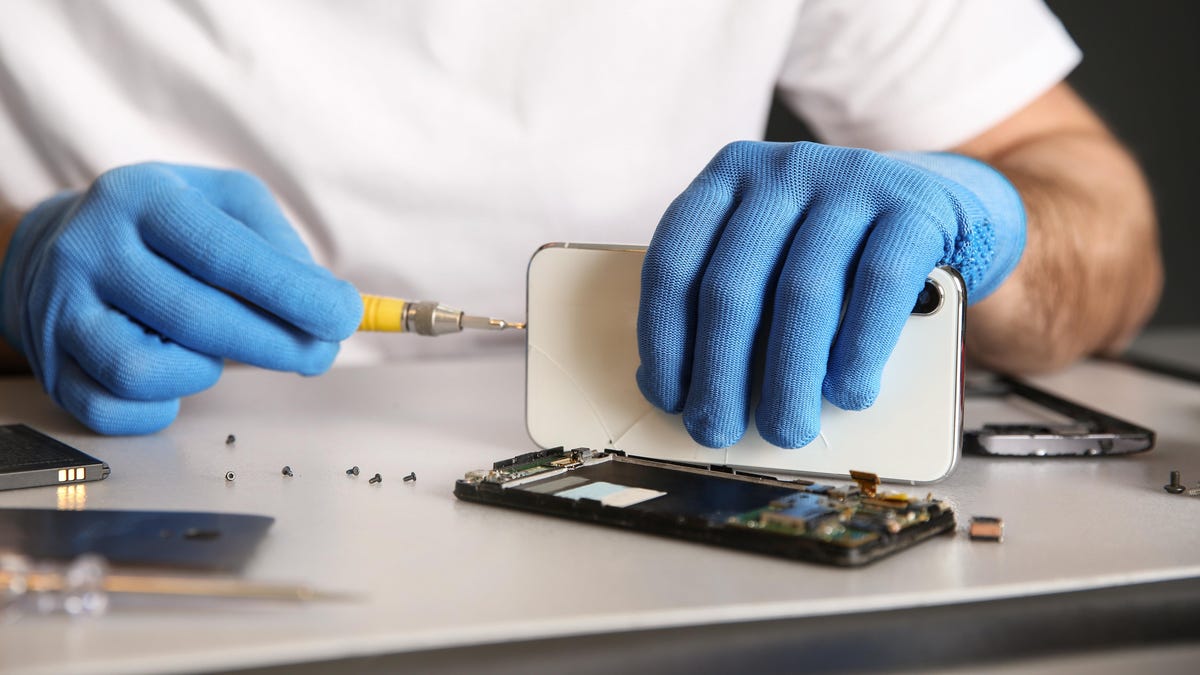Always Get a Second Opinion on a Tech Repair
When your phone’s screen breaks or your laptop stops holding a charge, your first instinct might be to take it to the company that produced it—they made the thing, so they should be trusted to fix it. While that...

When your phone’s screen breaks or your laptop stops holding a charge, your first instinct might be to take it to the company that produced it—they made the thing, so they should be trusted to fix it. While that isn’t necessarily wrong, it’s not always the best course of action. Your repair experience (and what you’ll pay for it) may vary drastically, depending on which location you take your device to and how old it is. This is why it’s a good idea to treat bad tech news like you would bad medical news: Always get a second opinion.
When to take your device to the manufacturer (and when not to)
If your device is within the manufacture’s warranty, or you’ve purchased an extended warranty, then yes, take it to them to get fixed. The Apple Store is your best bet if something happens to your iPhone or Mac while it’s still covered by AppleCare. Often, they’ll fix the issue free of charge, or will offer the service at a drastically reduced rate because you paid for the warranty extension.
The bigger issue is when your device is no longer covered by a warranty. In these cases, anything from a screen fix to a battery replacement can be wildly expensive when handled by the manufacturer.
What’s worse, a company’s policy might be completely out of line with what your device really needs. Say you take your out-of-warranty MacBook to Apple and they diagnose a fatal battery issue. Problem is, they’ll tell you they don’t replace batteries on MacBooks, so your only real option is to buy a new one. That’s exactly what happened to writer Janice Turner when she took her MacBook in for repair. She walked out with a soured feelings and a brand-new computer.
This type of service can happen with devices of any age. You’re likely to experience a sales rep encouraging you to replace your unsupported phone or laptop for a new one, but newer devices aren’t necessarily safe either. A limited warranty usually lasts only a year, so without paying for an extended warranty, you face the full cost of repair from manufacturers. On top of that, devices these days are built to be difficult to fix, with parts soldered together so they can’t be easily replaced. That both drives up the cost of repair and discourages making them in the first place. Why spend the time, money, and effort fixing something that could fail again, they’ll say, when you could buy a shiny new toy instead?
Third-party repair shops can be your friend
Third-party repair stores, on the other hand, aren’t dictated by corporate policies, at least not in the same way as the repair centers run by tech giants. They might not be necessarily cheap, but they do have the skills and resources to fix tech issues that larger manufactures might consider not worth their time.
Had Ms. Turner taken her failing MacBook to a third-party repair shop, they might have been able to give her a quote for a battery replacement, since they likely would have the tools to complete the repair. I suspect many times when the manufacturer’s diagnosis is “buy a new device from us,” there’s a potential fix. And while sometimes that’s not going to be cost effective, many times it’s the far cheaper option.
Here’s a similar example in this undercover report from 2018: The Apple Store told the reporter their MacBook had liquid damage, which would inflate the repair to at least over $1,000. But when they took the laptop to repairman Louis Rossman, he was able to temporarily fix the issue in 90 seconds for free, and quoted a longterm fix in the $75 to $150 range.
It’s always your call
Remember: Just because you bought a product from Apple (or whoever) doesn’t mean you’re obligated to let them repair your devices. Whether you take your device to the company that made it or are you bringing into a third-party repair store, getting an estimate on the repair should be free. So take your MacBook to Apple, hear what they have to say about the fix, then head on over to your local repair store and compare the two answers.
Don’t feel pressure to follow through with an expensive tech repair because a rep told you it’s your only option—and never buy a whole new device before getting a second opinion.

 Tekef
Tekef 































